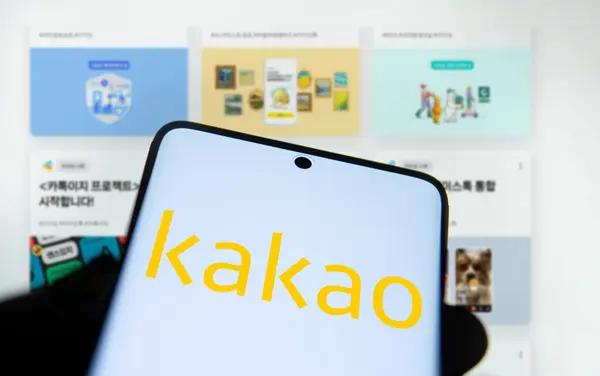Demystifying Domestic KakaoTalk Verification Processes

KakaoTalk, a popular South Korean messaging app has gained substantial recognition worldwide due to its unique features and user-friendly interface. However, one aspect that puzzles many international users is the domestic verification process. This article aims to demystify this process for a better understanding.
The KakaoTalk verification process is a security measure implemented by the platform to ensure that only legitimate users access the service. It involves confirming your identity through various methods such as phone numbers or email addresses. The domestic verification process specifically refers to the procedure undertaken by South Korean residents.
For South Korean residents, the verification process starts when they download and install the KakaoTalk app on their mobile devices. Upon opening the application for the first time, they are prompted to enter their mobile number which serves as their primary identification within the platform. A confirmation code is then sent via SMS to this number which must be entered into KakaoTalk for successful registration.
However, it’s not just about entering your phone number and receiving an SMS code – there’s more involved in ensuring you’re a legitimate user residing in Korea. The system also requires linking of your account with an existing email address or creating a new one 국내카톡인증 if you don’t have any yet.
After these steps are completed successfully, users can enjoy all features of KakaoTalk without restrictions including sending messages, making voice or video calls, sharing files and participating in group chats among others.
For non-South Korean residents who wish to use KakaoTalk domestically while staying in Korea temporarily or long term need additional steps for verification purposes. They must verify using their Alien Registration Card (ARC) issued by Korean Immigration Service instead of local phone numbers since foreign numbers aren’t accepted during sign-up phase.
They would need to scan front and back sides of ARC using camera feature provided within KakaoTalk’s sign up page itself which then gets reviewed manually by customer service team at Kakao Corporation before granting access after successful verification.
While the process may seem complicated at first glance, it is necessary to maintain the integrity of KakaoTalk’s user base and ensure that all users are genuine. This rigorous verification process also plays a critical role in preventing spam or abuse on the platform.
In conclusion, while the domestic KakaoTalk verification process might initially appear daunting, it is designed to protect users’ security and privacy. By understanding these steps, both South Korean residents and international visitors can use this popular messaging app seamlessly.








